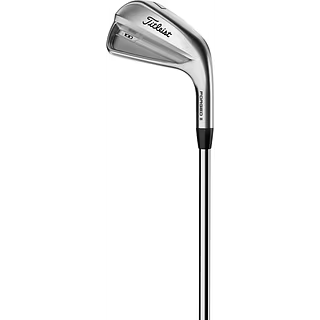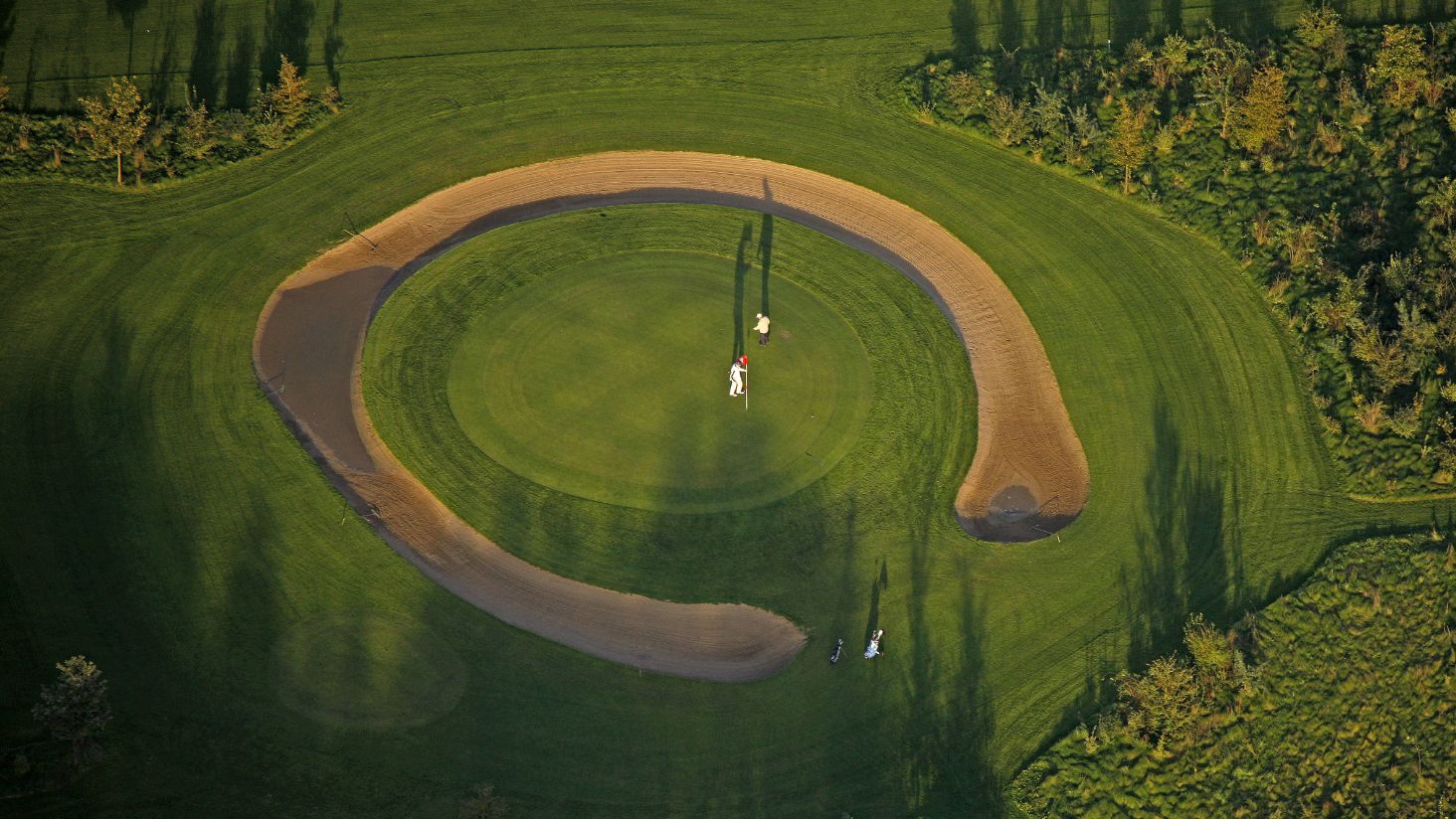
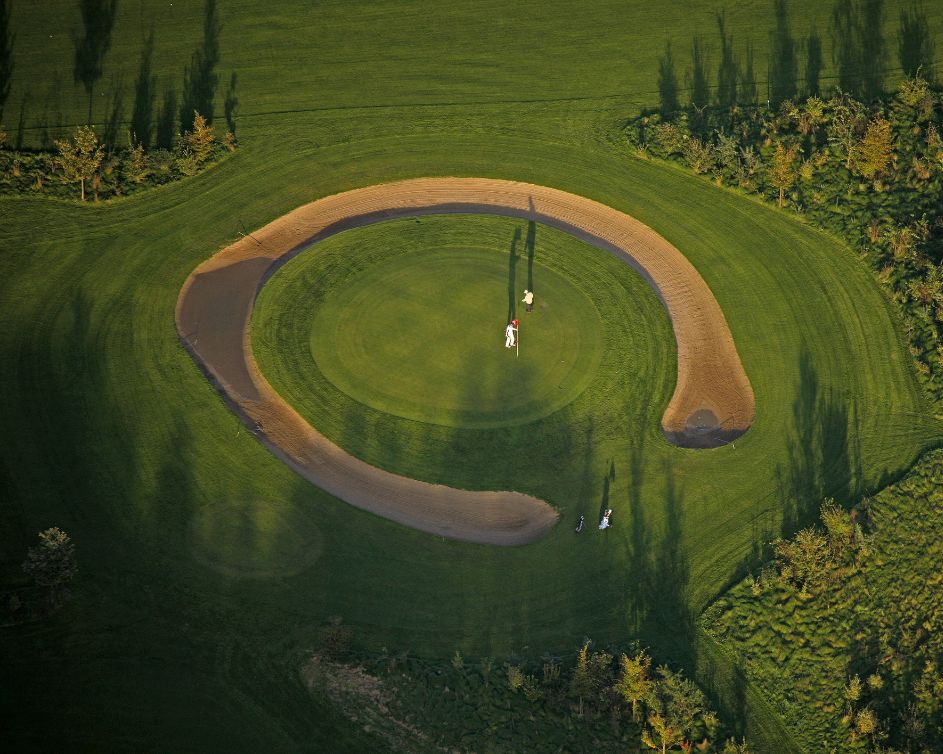
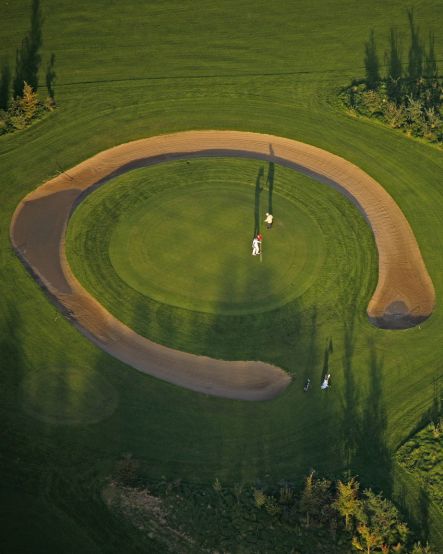
Rules of golf: What you may and may not do on the green
Golf rules on the green: We explain the rules on pitch marks, the flagstick and co. so that you can concentrate on your putt.
The green is the heart of every golf hole. This is where it is decided whether the shot will be a success or a disappointment. The rules of golf that apply on this fine turf are correspondingly precise. Many golfers are unsure of what they can and cannot do - from touching the putting line to handling the flagstick. This article clarifies the most important points so that you can avoid penalty strokes and improve your putting.
These golf rules apply on the green
Whenyour ball is on the green, you are allowed to mark it, pick it up and clean it. This is one of the basic rules of golf. It is important to place a small ball marker - such as a coin or a special marker - directly behind the ball. Only then may you pick up the ball. You can clean it to remove dirt or grass that could affect the rolling motion. However, make sure you put the ball back exactly where it is marked. An important note: Your caddie may mark and pick up the ball for you. Please also note that this rule only applies to the green. The ball may not be picked up on the front green or anywhere else on the course without further ado.
Dealing with pitch marks and other damage
Incontrast to all other areas of the golf course, you are allowed to repair damage on the green that could affect the rolling path of your ball. This includes not only pitch marks, but also marks from shoes (Spikes), animal paws or older hole covers. The rules of golf allow you to carefully repair this damage to ensure the fairness of the game.
The flagstick: pin or remove?
Sincethe major rule change in 2019, there has been an important innovation here: you are now allowed to putt without having to remove or operate the flagstick. Previously, there was a penalty stroke if your ball hit the flagstick after the putt. Today there is no penalty. It is entirely up to you whether you putt while the flagstick remains in the hole or is removed.
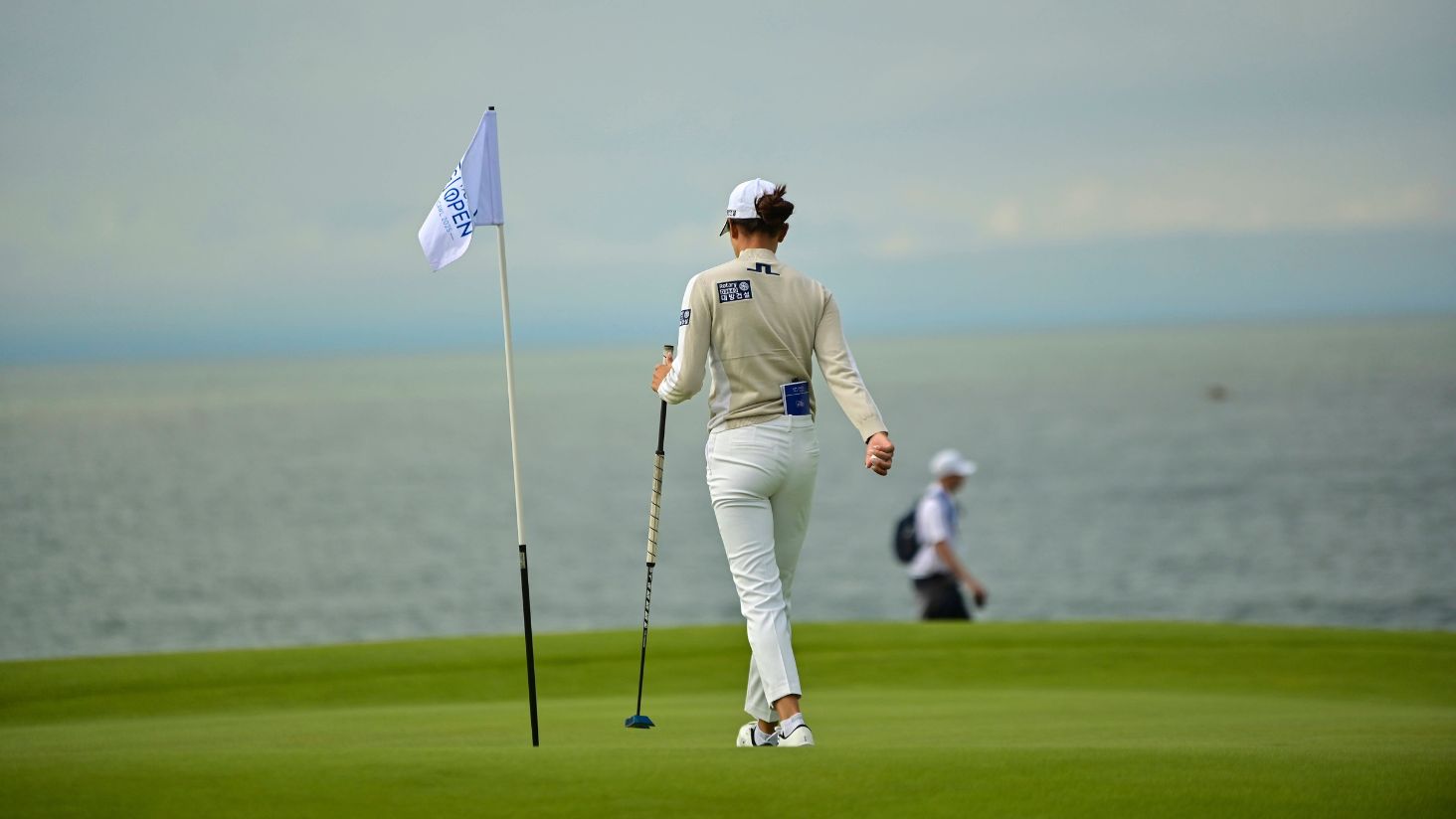
Movable and immovable obstacles
Onthe green, you may remove loose obstructing natural materials such as leaves, small branches or sand without penalty - even if they are in your line of putt. You just have to make sure that your ball does not move. If the ball does move, you must put it back, but you will not receive a penalty stroke.
Immovable obstacles, such as sprinkler heads or drainage covers, which lie on the green and affect your line of play, also entitle you to penalty-free relief. In this case, you drop the ball at the nearest point of full relief.
Conclusion
The rules of golf on the green are designed to ensure that putts are played fairly and smoothly. By knowing how to mark your ball correctly, repair damage and deal with the flagstick, you will avoid unnecessary mistakes. Knowing these rules will not only help you avoid penalty strokes, but also help you play your game with more confidence.




Release date
14 Aug 2025
photos
Special golf rules must also be observed on the green. (Photo: Imago / Hans Blossey)
